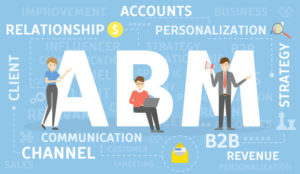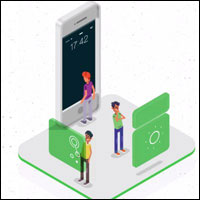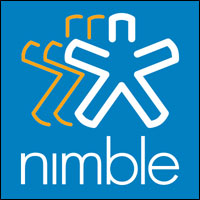Customers prefer human interactions to interactive voice response systems or other automated customer service offerings, according to a new report from B2B ratings firm Clutch.
Businesses need to move carefully when outsourcing customer service operations, the research also suggested because there are big differences depending on how familiar reps are with the local language, how close they reside, and whether the customer can figure out the company’s relationship to the service provider in a short amount of time.
The firm conducted a survey of 468 people who had called a business or medical facility within the last month, and the results showed that 77 percent of people who thought they got through directly to the business were completely satisfied with their experience. Only 45 percent of those who said they got through to a call center were satisfied with the results.
“The largest number of respondents said ‘our priority is to speak to a person,'” said Elizabeth Ballou, content developer at Clutch.
Human, Please
Study participants did not want to speak to a voice prompt response system but to an actual customer service representative who could listen to their concerns and answer their questions or act on them, she told CRM Buyer.
According to the report, about 54 percent of respondents said they were calling to schedule an appointment for a fitness — or beauty-related service or for a medical or work-related visit. About 12 percent were trying to handle a billing issue, and 6 percent were dealing with a technology-related problem.
About 57 percent said they dealt only with a human, 22 percent dealt only with an automated call menu, and 12 percent dealt with a combination of a human and automated call menu.
Clutch recommended that companies determine how much time their employees spend on the phone. If they decide they need a voice services provider, they should also determine how far away they want that provider to be located.
Clutch recommended that businesses attempt a trial run before deciding to hire a call services provider.
Cost vs. Interaction Balance
One of the key issues that companies face when considering the right mix of customer service options is balancing the expense of running a customer service infrastructure with the cost of staffing with live agents, said Cindy Zhou, principal analyst for digital marketing transformation and sales effectiveness at Constellation Research.
For example, she told CRM Buyer that companies should have metrics on whether their websites and mobile applications have chat features and whether response times in those areas are fast enough.
Zhou pointed out that if a company has a natural voice response system on the front end of customer service, it can provide hours of operation and mailing addresses via the automated system, thus freeing up human resources for more complicated customer service needs.
New AI Applications
Beyond automating low-level customer service tasks so that people can handle more sophisticated customer service priorities, companies should consider whether to invest in a system that is good enough for customers to believe they are talking to a live operator or at least coming close to talking to a live person, said Jim McGregor, principal analyst at Tirias Research.
“This is where AI technology comes in,” he told CRM Buyer. It “can not only make the organization more efficient but improve the customer experience.”
Paul Teich, principal analyst at Tirias Research, said that new technologies using AI are becoming capable of very sophisticated customer interactions.
They may use sentiment analysis, speech recognition, advanced voice synthesis and video animation to deliver results similar to those obtained through direct human intervention, he told CRM Buyer.
“When we talk about AI Inference as a Service,” he said, “this is one of the near-term potential applications.”

























































I have been wondering about the FTC and Do Not Call List for some time now. Obviously it wasn’t/isn’t working and now I know why. The write my essay robot calls are down at my house – maybe because my carrier has recently stepped in to stop them (per 2019 ECC rules change)? Let’s hope so!
What a revelation! The money was well spent on this study. I always assumed that when people called a company’s customer service number with a problem, they preferred not to be connected right away with a real human, but instead to be sent into an automated system where they have to press "2" for English, and then listen to a robotic voice slowly list up to eight options and the key to press for each. And if by luck one of the options sounded on track, to be then taken into a couple additional sub-menus of options to select. Oh, and to never be given the option to speak with a live customer service rep.